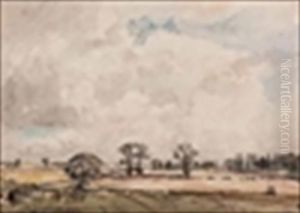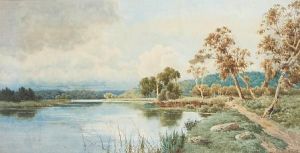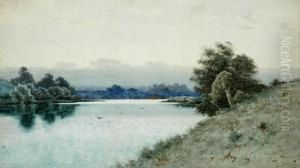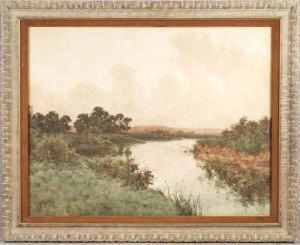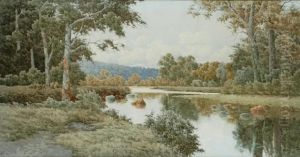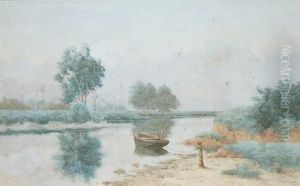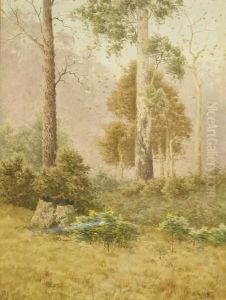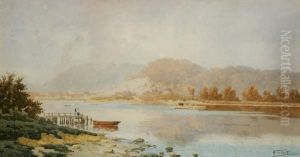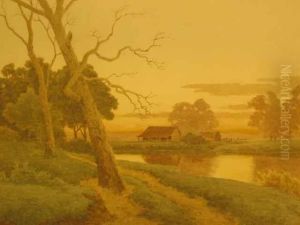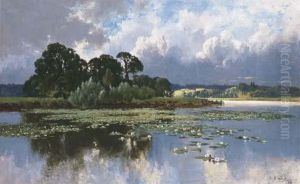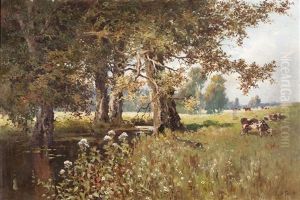Henri Tebbitt Paintings
Henri Tebbitt was a British artist known for his watercolor paintings, who lived during the late 19th and early 20th centuries. Born in 1859, he developed an interest in art at an early age. Tebbitt's career spanned a period of significant change in the art world, with movements such as Impressionism and Post-Impressionism altering the landscape of artistic expression.
Although not as widely known as some of his contemporaries, Tebbitt's work was characterized by a delicate touch and a distinctive use of color, which he applied to a variety of subjects, including landscapes, floral arrangements, and genre scenes. His style combined elements of realism and impressionism, allowing him to capture the subtleties of natural light and atmosphere.
Throughout his life, Tebbitt exhibited his work in various art galleries and was associated with the Royal Society of British Artists. His watercolors were appreciated for their clarity and precision, as well as for the ambiance they evoked. Henri Tebbitt's paintings are part of several British art collections, and his artistic legacy is preserved in the continued appreciation and study of his work.
Tebbitt passed away in 1927, leaving behind a body of work that continues to be admired for its beauty and technical skill. While he may not have achieved the fame of some of his peers, his contributions to the field of watercolor painting remain significant. His works provide insight into the artistic trends and cultural landscapes of his time, and they continue to attract the interest of art enthusiasts and collectors alike.



